Analyzing Gachiakuta: Manga and Anime
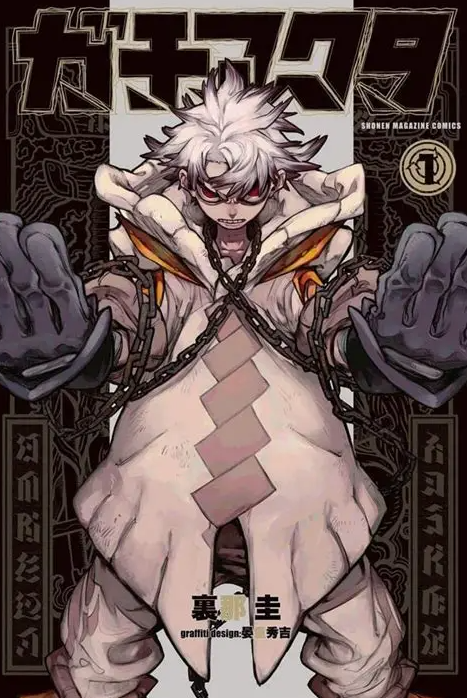
Gachiakuta is a manga series created by Kei Urana, first published in February 2022 in the prestigious Weekly Shōnen Magazine by Kodansha. By June 2025, it already boasts 15 volumes, positioning itself as one of the most impactful contemporary shonen titles.
The manga stands out for its dystopian setting, which delivers sharp social commentary and delves into complex themes such as economic inequality, social discrimination, and the value given to what society discards; whether people or objects.
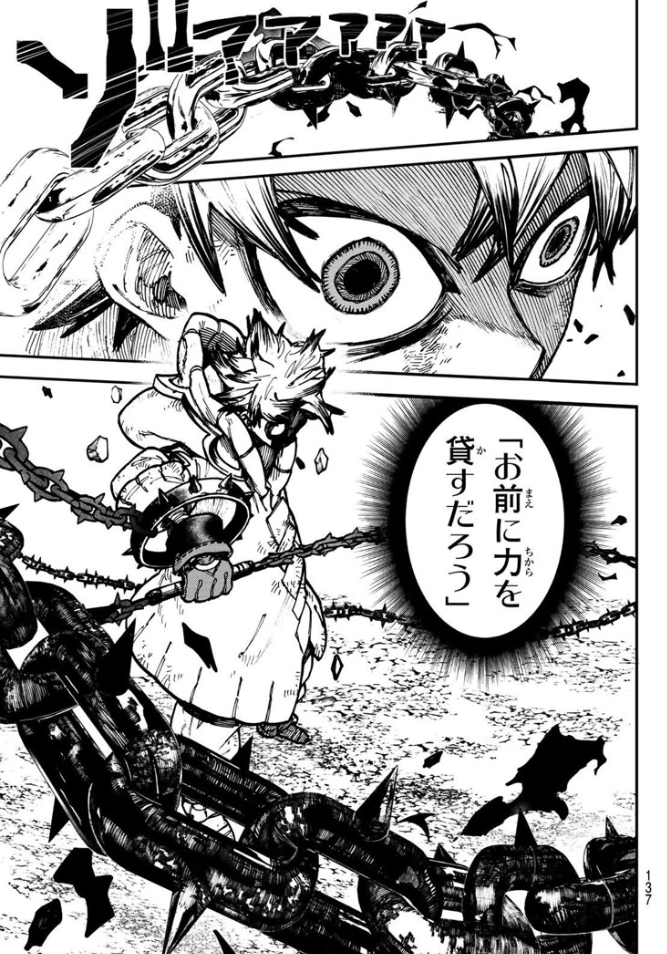
Visually, Gachiakuta brings a distinct identity, blending Kei Urana's organic and dynamic art style with urban graffiti by artist Hideyoshi Andou. This combination creates a raw, almost tangible urban atmosphere that reinforces the dark and realistic tone of the story.
The series is also praised for its richly detailed world, where society is split between the extravagant floating city Sphere and the dark abyss called “Pit,” where outcasts and trash are discarded. Here, monsters called “Trash Beasts”, manifestations of society’s discarded waste, come to life.
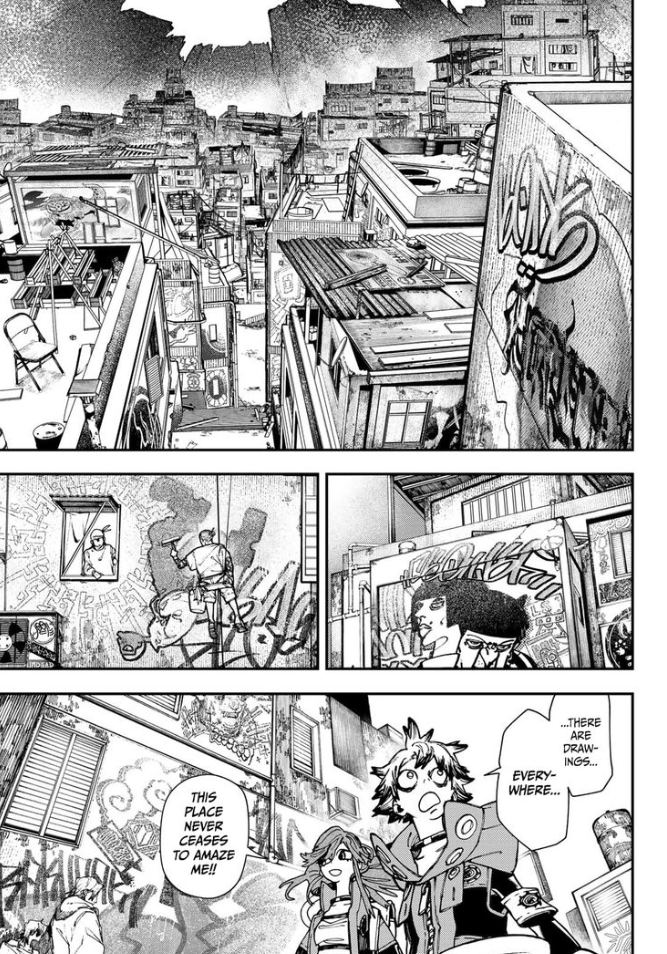
The Announcement of the Gachiakuta Anime
When Gachiakuta's anime adaptation was announced, it immediately drew attention from both fans and critics. The positive reception to the early episodes confirmed the series' intriguing qualities. With its decayed urban aesthetic, stylized action, and powerful social critique, the anime received significant praise and prompted discussions across social media and specialized forums.
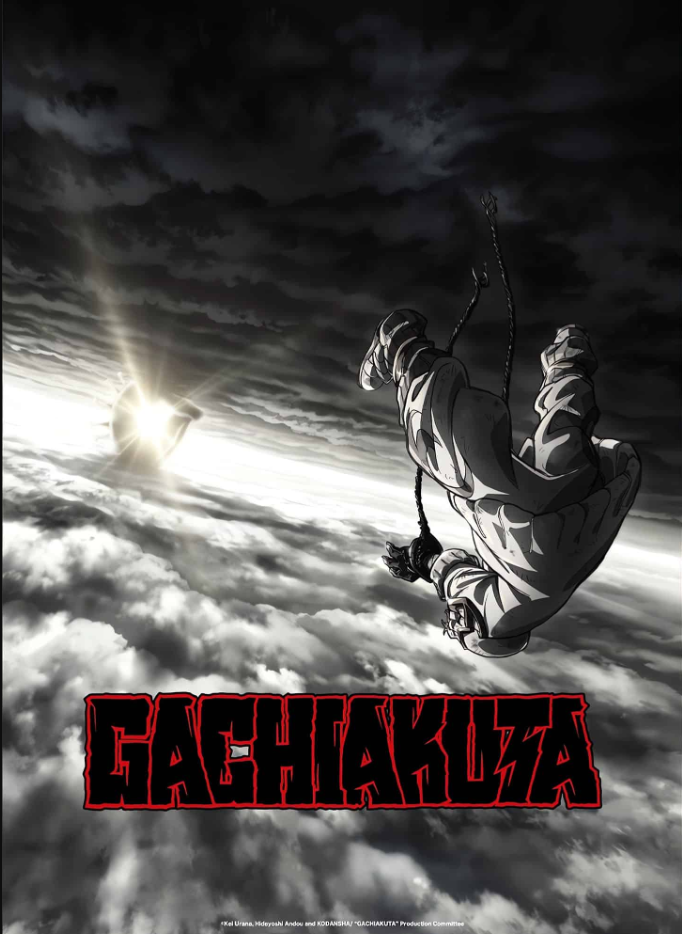
On July 6, 2025, Gachiakuta finally debuted as an anime, produced by the renowned Bones Studio—famous for works like My Hero Academia and Mob Psycho 100. Directed by Fumihiko Suganuma, the adaptation aimed to translate the manga’s intense visuals and themes to the screen.
While the anime was praised for its visual fidelity and the energy of its action scenes, some observed narrative and stylistic differences, such as the use of 3D models for monsters and a faster pacing when introducing characters and the world.
This analysis highlights the key strengths and weaknesses of the series, reflecting both community impressions and international reviews.
Gachiakuta Trailer
Strengths and Weaknesses of the Gachiakuta Anime
Strengths of Gachiakuta
Unique setting with a meaningful social critique
The series’ greatest strength lies in its setting. The floating city Sphere (rich, clean, and radiant) looms over a dark abyss symbolizing societal rejection, the “Pit,” where trash and people are discarded without a second thought.
This world serves as a direct allegory for social inequality, systemic racism, and the dehumanization of marginalized communities.
Trash becomes a storytelling device, morphing into mutant monsters and acting as a key element in the fate of the protagonist, Rudo. Thrown into the Pit for being the son of a "criminal," Rudo’s story is a clear metaphor, one that remains intentionally unsubtle.
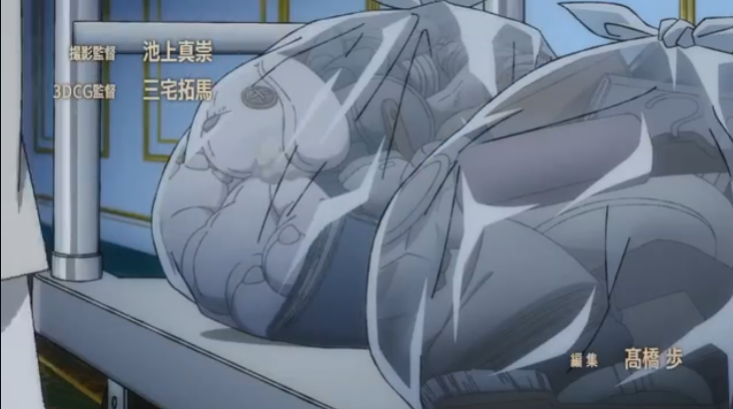
Striking visuals and expressive animation
Visually, the anime is a standout. Its dark palette, organic linework, and graffiti elements faithfully carry over Kei Urana’s original manga style. Hideyoshi Andou’s character designs further enhance this distinct aesthetic.
Scenes like Rudo’s fall into the abyss are particularly memorable for their emotional and visual impact.
The use of CG for the monsters has divided audiences. While some praise the grotesque creativity and smooth combat sequences, others find the contrast between the 3D monsters and 2D characters jarring. However, the overall result is visually engaging.
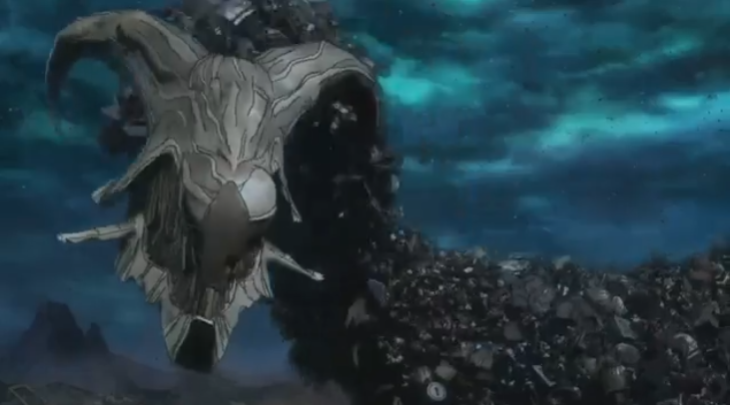
Innovative power system
In Gachiakuta, powers stem from emotional connections with discarded objects, creating the “Givers”. Each character channels their strength through a symbolic item, turning fights into deeply emotional experiences filled with memories, pain, and attachment. This original concept reinforces the series’ core message: even what is discarded can hold value.
The combats are intense, make smart use of character abilities, and maintain a captivating pace. These are fundamental elements for a strong shonen anime.
Areas for Improvement
Over-explanation
Despite its richly developed world, the anime struggles with excessive exposition. Its first two episodes rely heavily on lengthy explanations, making dialogues feel artificial. Characters often sound more like narrators than active participants in the story. This lack of subtlety leaves little room for the audience to uncover the world’s intricacies on their own.
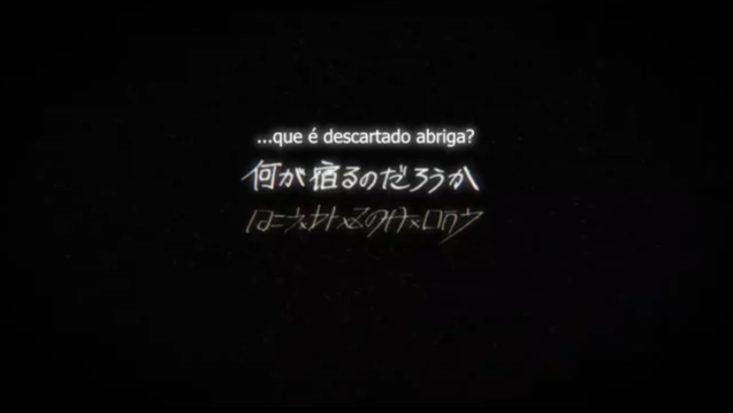
Rushed pacing and shallow emotional development
Rudo’s transformation happens too quickly. Within minutes, viewers witness his expulsion from society, fall into the abyss, and the start of his revenge journey. While his motivations are clear, the audience has little time to form an emotional connection with him, weakening the dramatic impact of his early story arc.
Protagonist with potential but lacking originality
Rudo embodies many familiar shonen traits: impulsive, shaped by trauma, and possessing mysterious powers. His similarity to characters like Bakugo from My Hero Academia is notable, which isn’t surprising given the same production studio.
Although Rudo has charismatic moments, he currently lacks the distinctiveness necessary to stand out among other shonen protagonists. This may, however, improve with further character development.
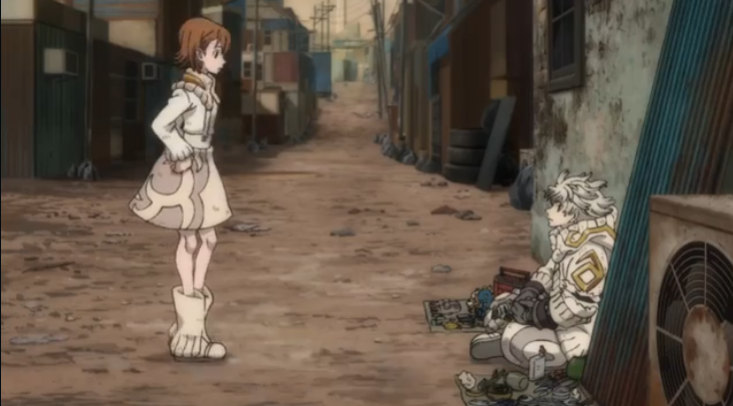
Underdeveloped villains
At this stage, the antagonists feel underwhelming. Their motivations are vague, and their appearances lack memorability. However, since the series is still in its early episodes, this aspect could improve as the story progresses.
Conclusion: Is Gachiakuta Worth Watching?
Despite its initial shortcomings, Gachiakuta offers a solid and promising debut. Its visually bold world, direct social commentary, and inventive power system have the potential to distinguish it among this season’s anime releases.
If it improves its pacing, deepens character development, and fully explores its themes, the anime could become an essential work within the genre.
Verdict:
Gachiakuta is worth watching, particularly for those who appreciate intense action, unique visuals, and thought-provoking commentary on exclusion and inequality.Have you already watched the first episodes? Share your thoughts—what did you think of the world-building, the characters, and the series’ overall style? Does Rudo have the potential to stand out, or is something still missing?
Let us know in the comments!








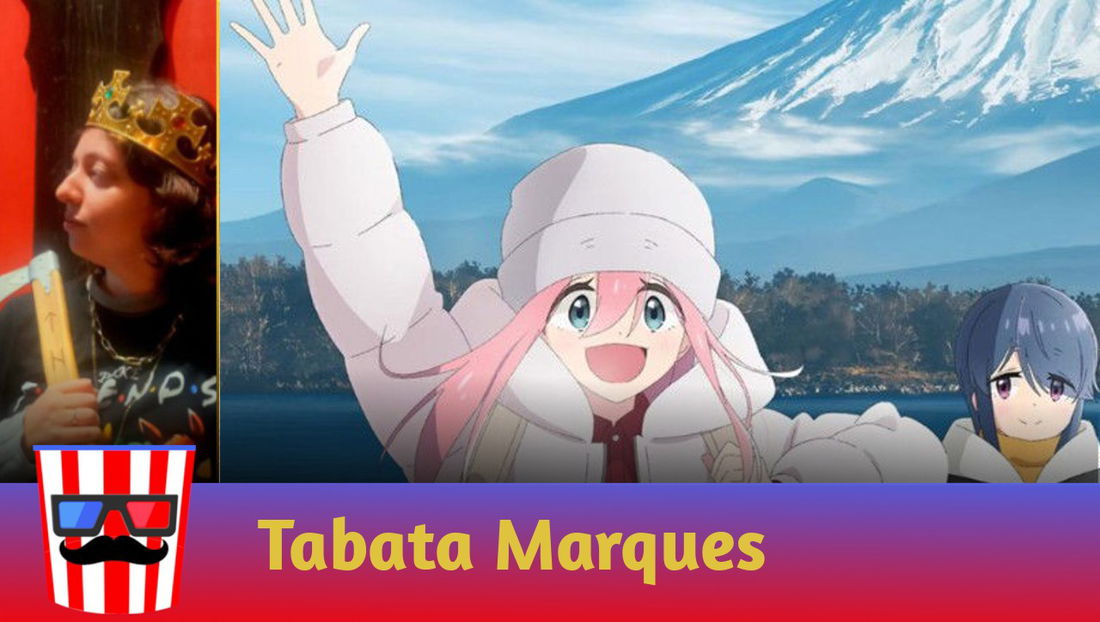

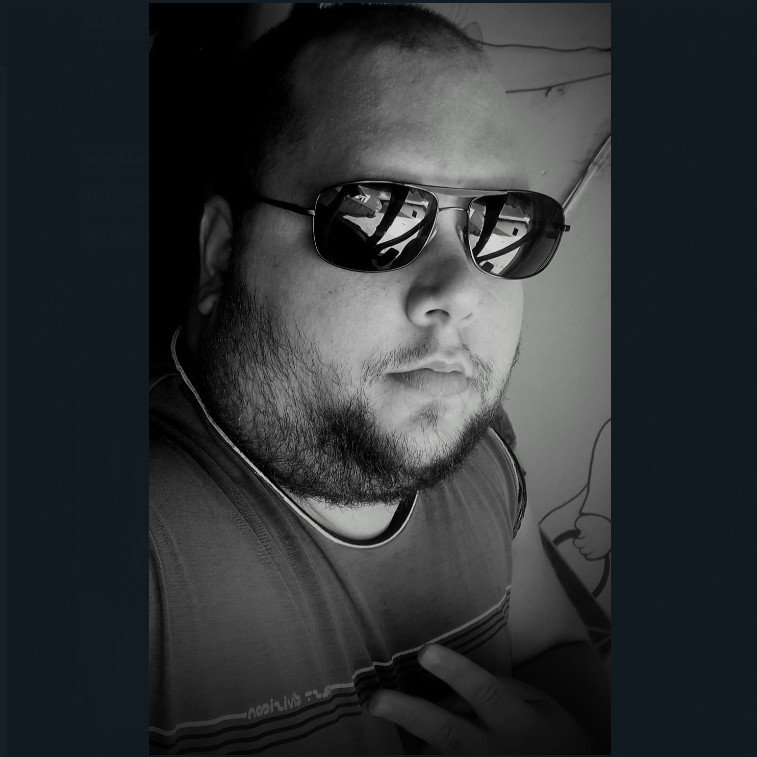

— 评论 0
, 反应 1
成为第一个发表评论的人